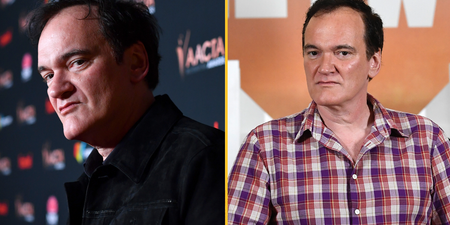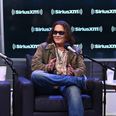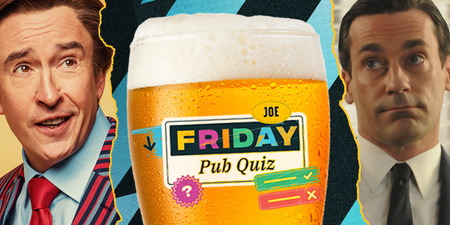When it comes to results, the majority of gym goers want two outcomes from training
Most people want more muscle gain and less fat – but achieving both is usually hard to come by. To give you a helping hand, JOE spoke to film star personal trainer David Kingsbury.
Kingsbury has worked on films such as X-Men: Days of Future Past, The Wolverine, Assassin’s Creed and Thor Ragnarok. However, he also trains members of the public.
Although most gym newbies will experience muscle gain and fat loss simultaneously, experienced trainers will find it slightly more difficult.
JOE: Why do so many people want both [muscle gain and fat loss]?
Kingsbury: “The bodybuilding world has been influencing mainstream health and fitness and to achieve more muscle and less fat. So the promotion of ‘bulks’ and ‘cuts’ has become the norm.
“Bulks being muscle building focus with calorie intake greater than expenditure. Cuts being fat loss focus with calorie intake lower than expenditure.”
https://www.instagram.com/p/BnW7hXfBLQ4/
Are bulking and cutting wise ways of doing things?
“Fundamentally, these phases of training work. However, if you are not a bodybuilder you might find yourself struggling with the extreme nature of some these protocols.”
What is the best way of maximising muscle growth with minimal fat gain?
“If you are new to lifting, you can build muscle without a calorie surplus [eating more calories than you burn off each day]. This won’t last forever, so make the most of it.
“During this phase you will build some muscle and lose some fat, but to do so you need to get a few things right. You need to be in just a slight calorie deficit. Too much and it won’t happen.”
Begin by taking 10-15% off the number of calories you need to maintain your weight. For example, if this is 2000 calories, your ‘slight deficit’ may be 1700-1800 calories.
Kingsbury adds: “You need to create a demand for change, with appropriate training volume and intensity.”
What about people who are more advanced lifters?
“If you are experienced and already have a decent amount of muscle mass, building more will require a slight calorie surplus.”
“But the calorie surplus needs to a be a mild one. Too high and excess fat gain will accompany your gains!”
A slight calorie surplus could mean you’re eating an extra 10-20% calories per day.
In terms of training, how should gym sessions go?
“Training intensity, progression and volume all need to be right. This ensures you are giving your body a reason to build muscle and not just use the extra calories for fat gain.”
Good ways of manipulating training intensity and volume: reduce rest periods and gradually increase the weight you lift.
Kingsbury continues: “For both beginners and more experienced lifters, food quality needs to be relatively good and macros should be geared towards a high protein intake.”
What wouldn’t you recommend?
“Things to avoid include:
- Excessive calorie intake (well over the 10-20% suggested)
- Poor macro breakdown within your calorie surplus (too little protein, too much carbohydrate and/or fat)
- Insufficient training volume and intensity
“All of these will equal excess fat gain.”
Is it wise to alternate bulking and cutting all year round?
“I wouldn’t recommend yo-yoing between big surplus diets and drastic deficits. Aim to keep calories at a healthy level with slight adjustments depending on goals.”
Read more fitness content from JOE:
- Vegan bodybuilder describes how he built meat-free muscle
- Proven ways of sticking to your fitness resolutions
- Detox teas have no benefit, science says
- Five ways The Mountain’s diet can help you gain size and strength
- Was Rocky right to eat raw eggs? This is what the research says




















































